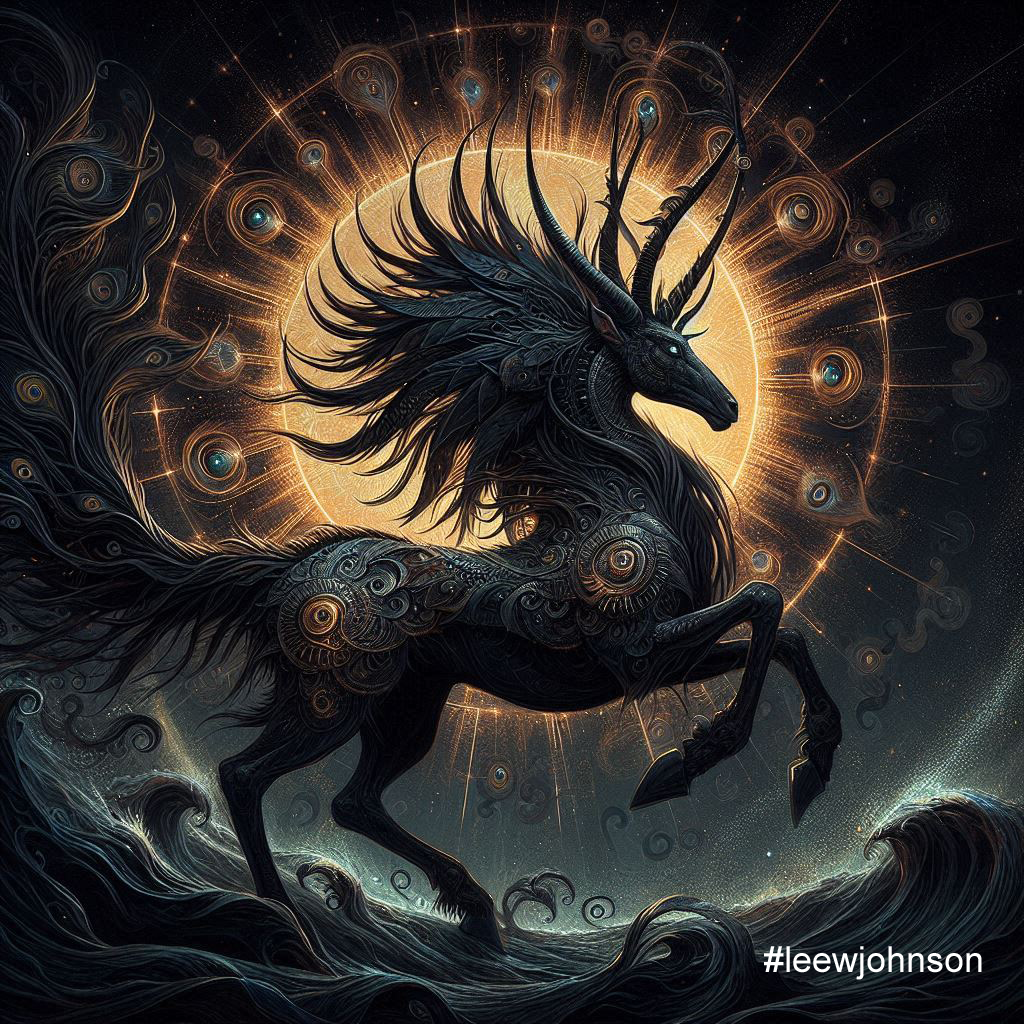Adramalek

Correspondences:
Planets: Earth, Saturn, I would include Sun seeing that he is a solar deity
Element: Fire, Air
Direction: Northwest
Colours: Black, White, Purple, Blue
Adramalek, also spelled Adramelech, has origins rooted in ancient Semitic traditions, where his name likely translates to “Magnificent King” (from the Hebrew ʾAddîr-meleḵ). In Assyrian texts, Adramalek is associated with the worship of celestial bodies and the pantheon of deities worshipped by the Assyrians. He is often linked to the sun or fire and is considered a deity who holds a significant place in the cosmology of the region.
In the Bible, Adramalek is mentioned in the context of the Canaanite gods worshipped by the ancient peoples of the Near East. The Bible describes him as one of the gods of the Sepharvites, a group of people who settled in the region of Samaria after the Assyrian conquest. The worship of Adramalek, along with other deities such as Anammelech, was condemned by the biblical authors as part of the broader critique of idolatry and false worship prevalent among the surrounding nations.
In Christian demonology, Adramalek’s role evolved from a sun deity to a high-ranking demon, often depicted as the “Grand Chancellor of Hell” or the “President of the Senate of the Demons.” His portrayal in medieval grimoires and demonological texts reflects the fears and prejudices of the time, where pagan gods were often recast as demonic figures. Adramalek’s form as a peacock or mule, symbolizing pride and stubbornness, became a staple in these depictions, further solidifying his status as a figure of both power and defiance.
In contemporary occultism and esoteric traditions, Adramalek is sometimes invoked or referenced as part of rituals and practices that seek to explore the boundaries between different spiritual realms. Modern practitioners of occultism may view Adramalek through a lens of symbolic or archetypal significance, seeing him as a representation of certain psychological or spiritual forces rather than a literal deity or demon.
For example, some occultists might interpret Adramalek as a symbol of inner conflicts or transformative processes, using the figure as a means to confront and integrate darker aspects of the self. In this context, Adramalek’s historical associations with fire and the sun could be seen as metaphors for purification and enlightenment.
In relation to the attributes of Adramalek, Jehannum writes, “Adramelech teaches the magickian to look beyond appearances and forsake illusory pride—meaning that he aids in the dissolution of the ego. His specialties lie in dream work and personal magnetism. His alchemical powers awaken aspects of the witch’s soul previously untapped, as well as her various spiritual gifts.”
Apart from the association with the Sun, he is often worked within regards to leadership, protection and retribution.
For those seeking to enhance their leadership abilities, a ritual focused on empowerment might involve visualizing the sun’s rays infusing them with strength and authority. If protection or justice is needed, Adramalek can be invoked to act as a shield or to ensure that retribution is delivered to those who have wronged the practitioner. This might involve a more assertive invocation, calling upon Adramalek’s fiery nature to burn away obstacles or enemies.